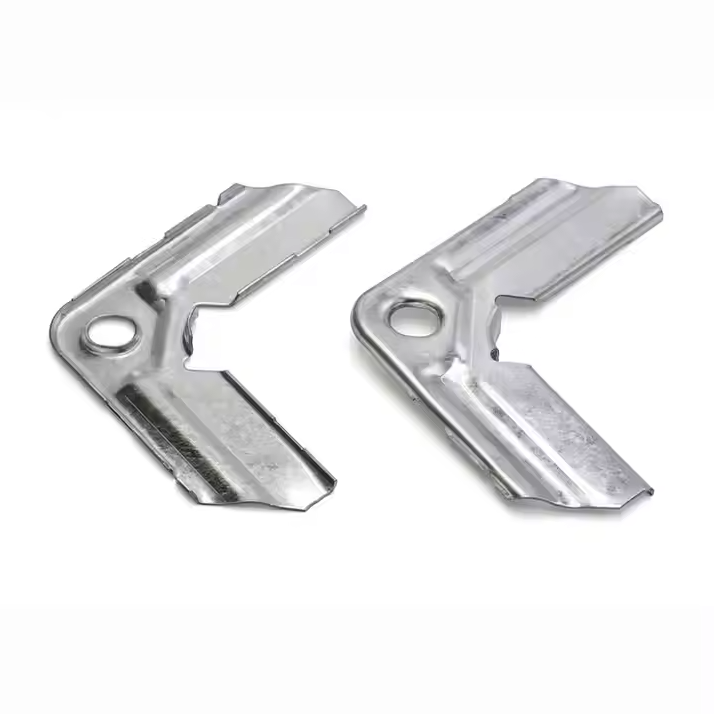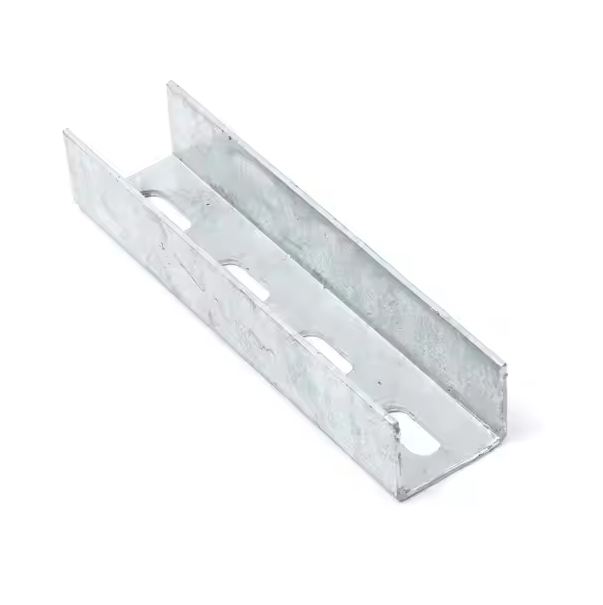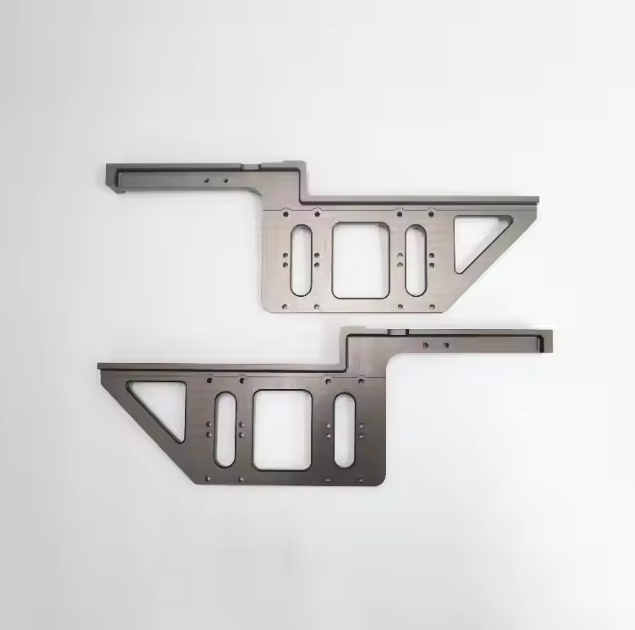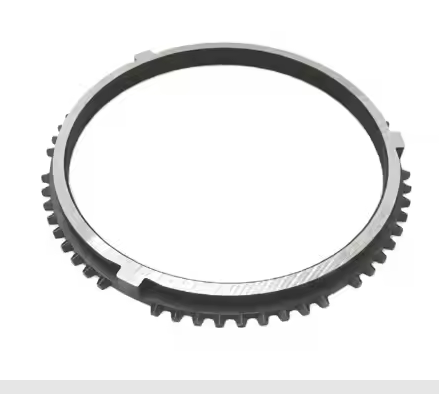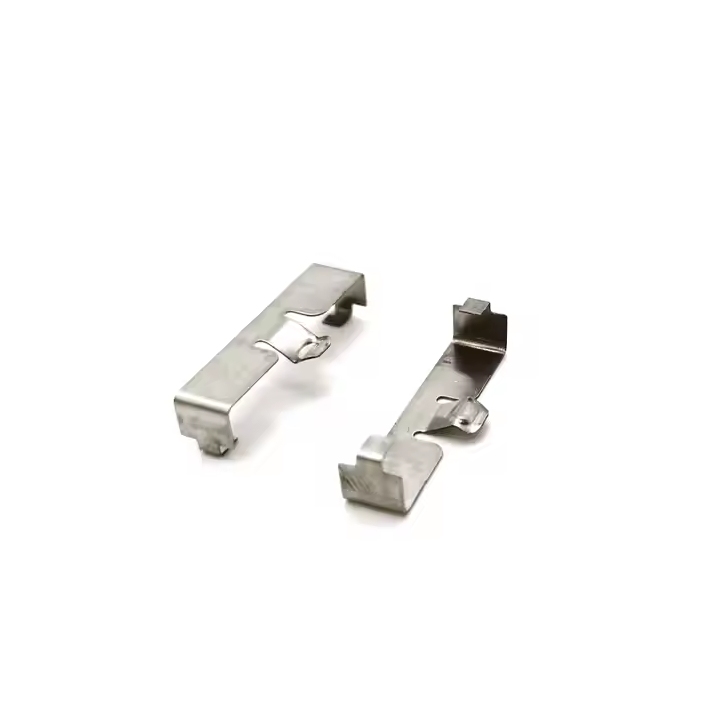Accuracy is one of the driving forces of modern manufacturing and describes the consistency of two or more measurements when all variables remain constant. Accuracy is the ratio of the absolute values of the deviation in part size or surface roughness, while precision is the relative error of parts made from the same material. Precision is critical for consistency across multiple batches of parts.

Precision
Precision refers to the consistency or clustering of results in multiple measurements or repeated tests. That is, the reproducibility of the results obtained under the same operating or measurement conditions. If the results are very close in multiple measurements, we can say that the precision is high, even if these results may deviate greatly from the actual values.
Characteristics of precision
Consistency: Precision reflects the consistency of measurement results or repeatability in manufacturing processes.
Small error range: Processes or measurement results with high precision have small numerical deviations and usually form a tight cluster.
Not considering the degree of closeness to the true value: Precision does not focus on whether the measurement results are close to the target or standard, but only on the relative consistency between the measurement results.
Accuracy
Accuracy refers to the closeness between the measurement result or manufacturing result and the true value (or target value). In other words, high accuracy means that the actual size of the measurement result or processed part is close to or equal to the expected standard or target value.
Characteristics of accuracy
Close to the true value: Accuracy reflects that the deviation between the measurement value or processing result and the target value is small, and it can well meet the standard or design requirements.
Small error: The error of parts or measurement results with high accuracy is small, and the degree of deviation from the true value is very low.

The impact of precision and accuracy in engineering manufacturing
In engineering manufacturing, both precision and accuracy are crucial, but their role and importance depend on specific applications and needs.
The importance of precision
Improve repeatability: High-precision manufacturing can ensure high consistency of parts, which is crucial in large-scale production. For example, some high-precision mechanical assemblies or parts may require that the dimensions of each part are very consistent to ensure smooth assembly.
Applicable to products with high tolerance requirements: In some cases, the dimensional tolerance of parts is small, and high-precision processing is required to ensure the consistency of products, even if these parts may deviate from the standard size.
The importance of accuracy
Ensure that the product meets the design requirements: In many applications, accuracy is more important than precision, because the actual size of the product needs to be close to the design size to ensure the normal function and performance of the part. For example, engine parts, aviation components, etc., the dimensions must be accurate to ensure normal assembly and operation.
Ensure the performance of the final product: For mechanical systems that require high-precision assembly, any dimensional deviation may cause the mechanical performance to not meet the requirements, affecting the use effect and safety.

Difference between Precision and Accuracy
| Characteristics | Precision | Accuracy |
Definition | The consistency between measurement or manufacturing results, that is, the closeness of multiple measurement results. | The closeness between measurement or manufacturing results and the true value. |
Focus | Whether the results are consistent, regardless of the difference from the target value. | Whether the results are close to the target value, regardless of the consistency of the results. |
Error | The error between results with high precision is small, but not necessarily close to the true value. | The results with high accuracy are close to the true value, but not necessarily consistent. |
Example | Multiple measurement results are close, but they may not be accurate (deviate from the true value). | The measurement result is close to the true value, and there may be some fluctuation or error. |
How to improve precision and accuracy in engineering manufacturing
Improve processing performance: select appropriate processing equipment and ensure its stability and adjustability.
Optimize process parameters: adjust the processing technology according to materials, product requirements and environmental parameters to reduce the source of workpieces.
Strengthen quality control: control the deviation in the production process through gap measurement and statistical analysis to ensure that each batch of products meets the standards.
Regularly adjust tools and equipment: ensure that all measuring tools and production equipment are strictly adjusted to ensure high accuracy.
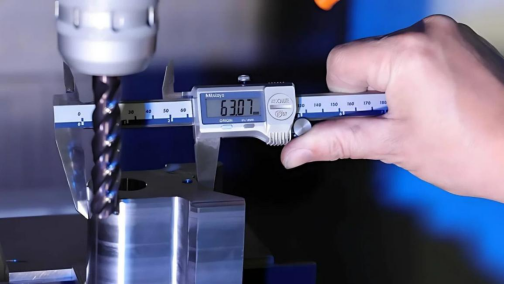
Precision and accuracy are essential elements in manufacturing and quality control. Understanding their differences and connections is of great significance to improving production efficiency, product quality and technical level. As consumers become more discerning and industry competition becomes more intense, the ability to consistently produce precise products will undoubtedly make the best products stand out. Companies like Xuanmin Precision Machining Services understand this complexity and prioritize precision and accuracy to ensure that products are not only well-made, but also reliable.
